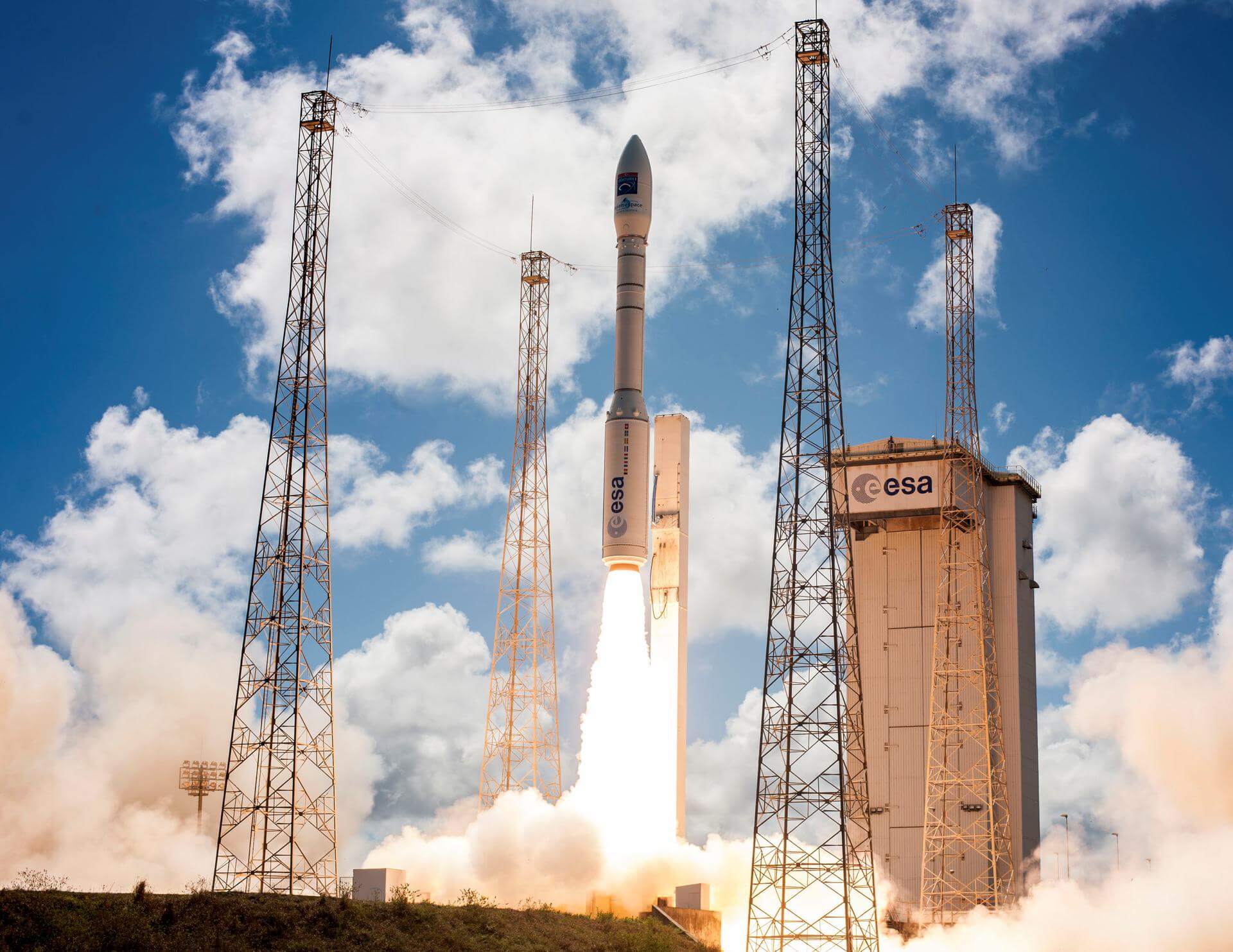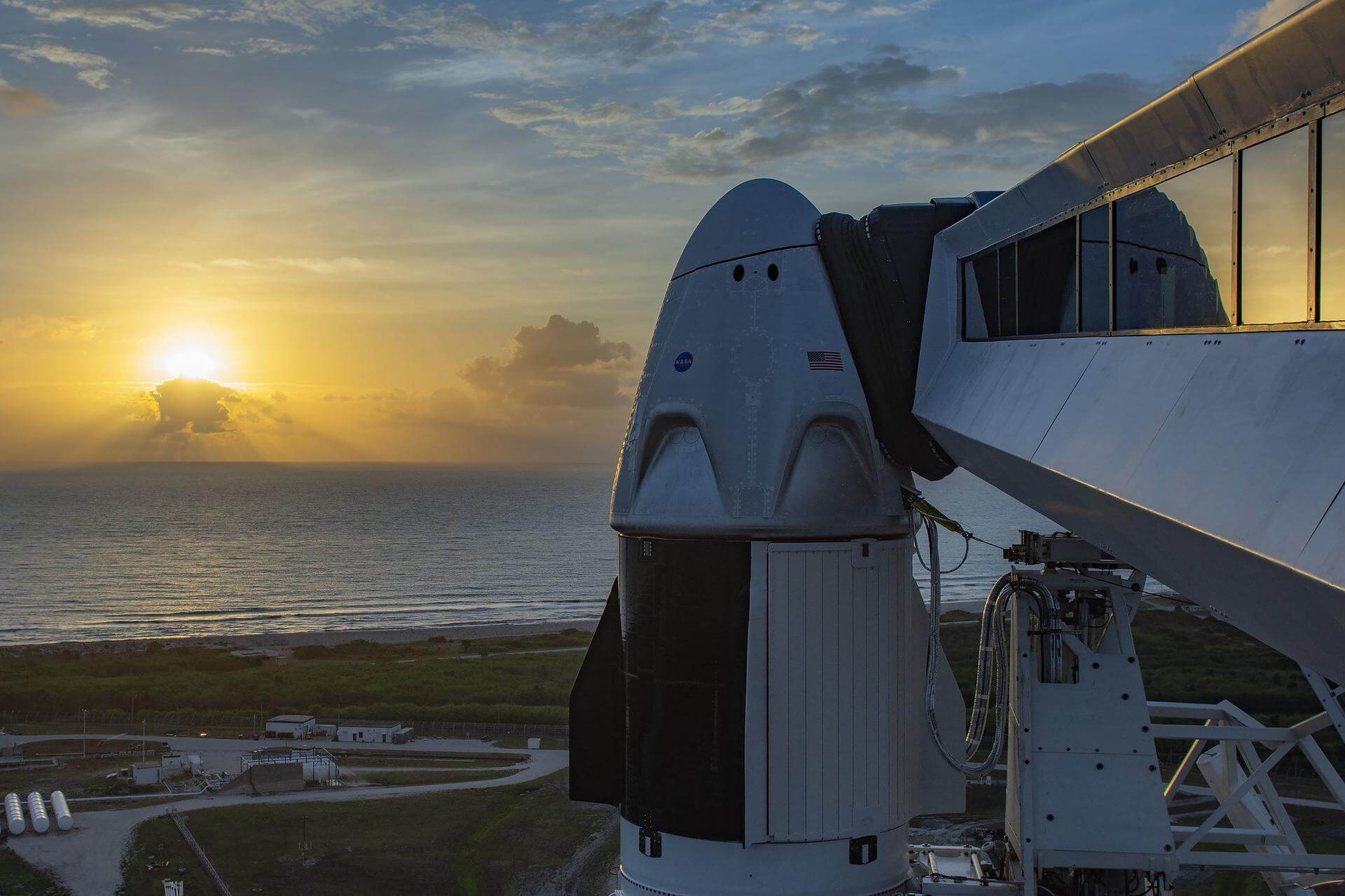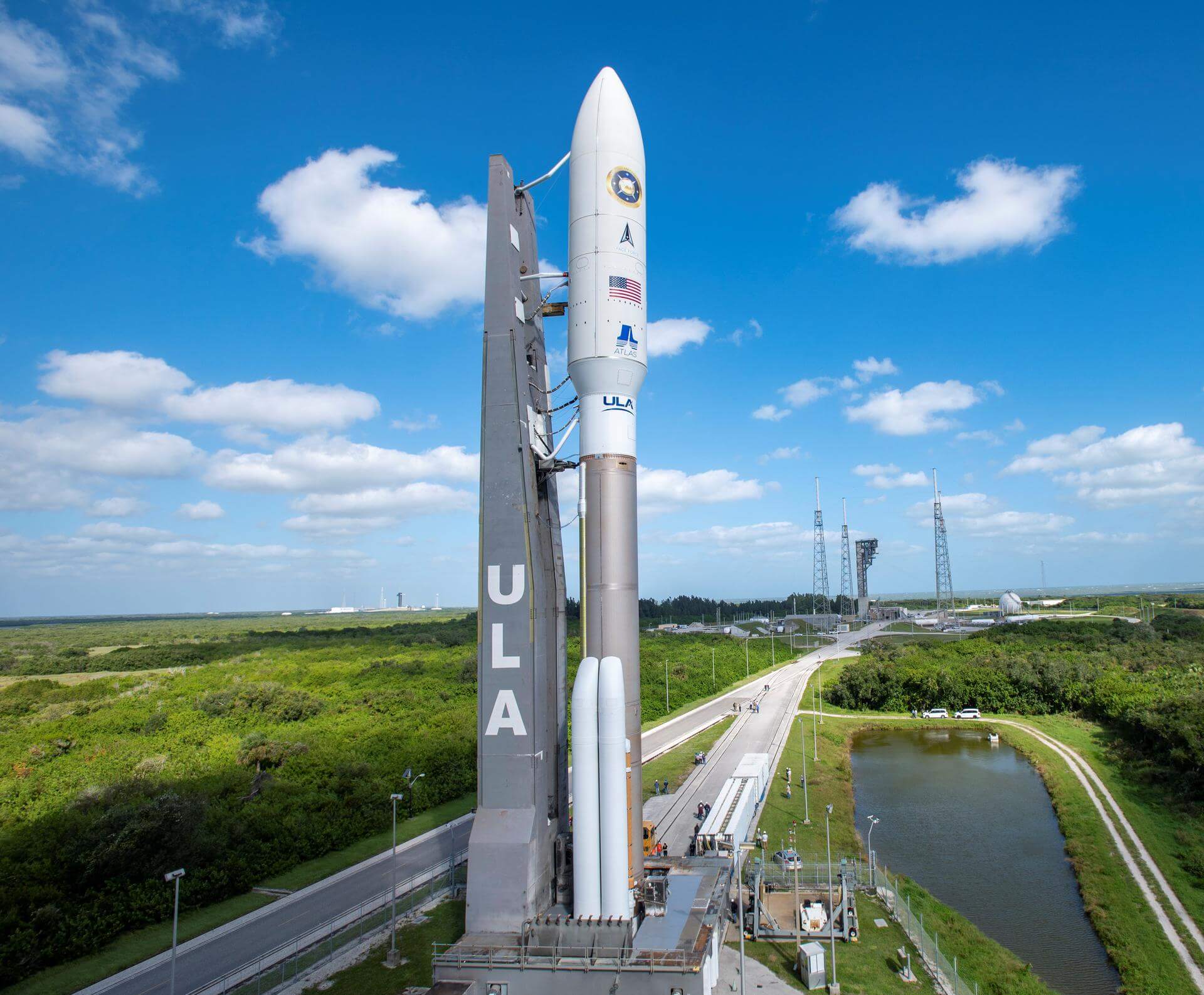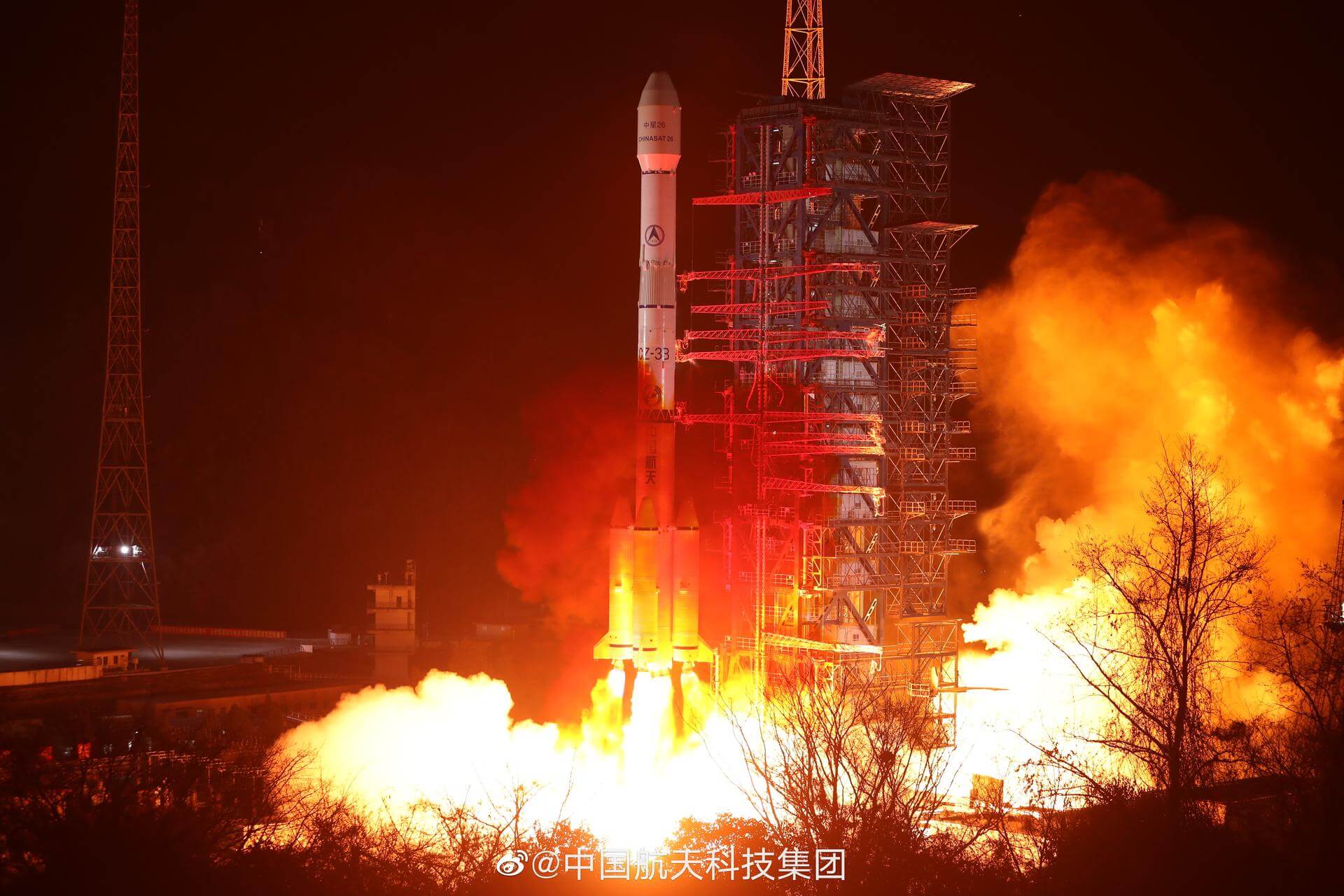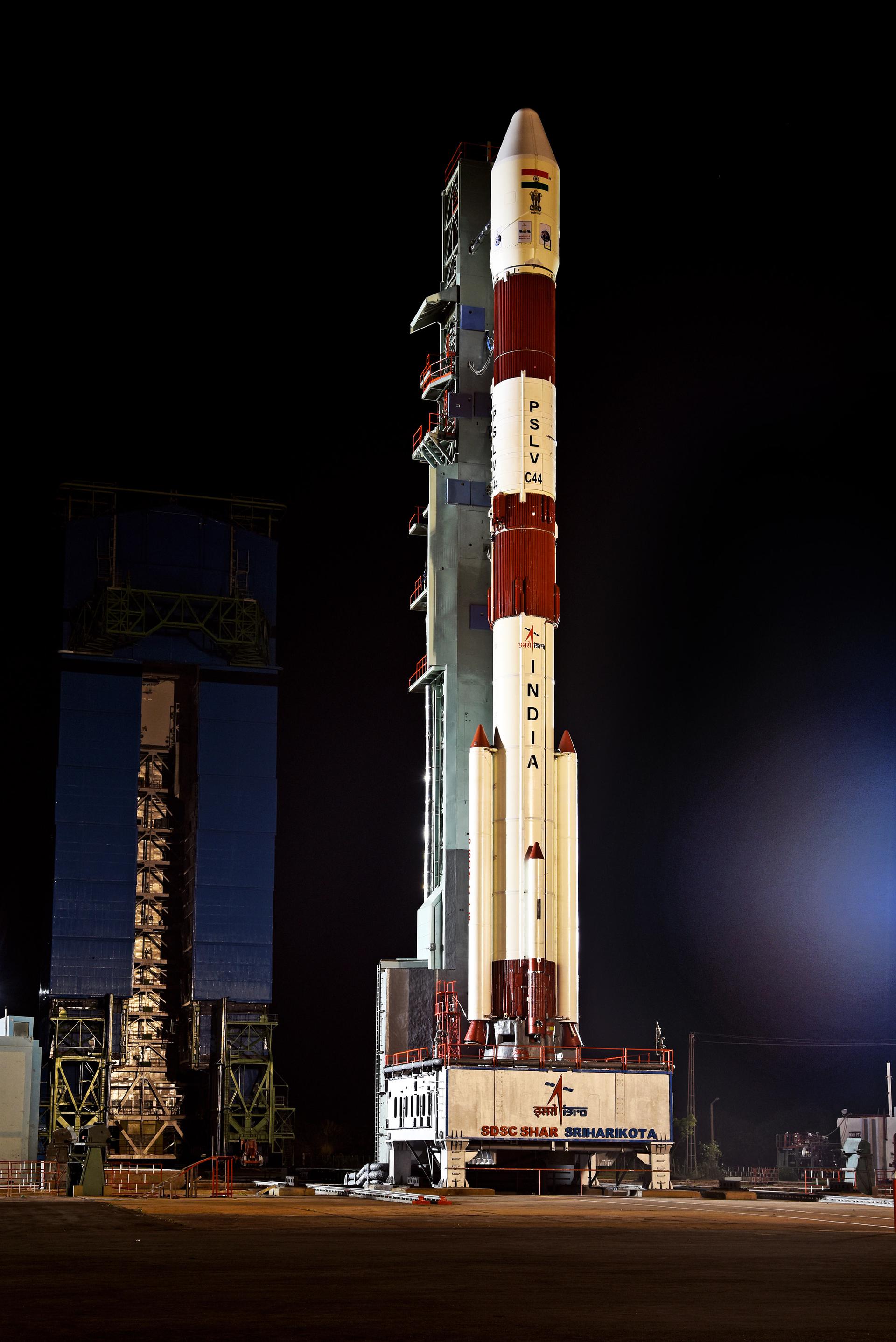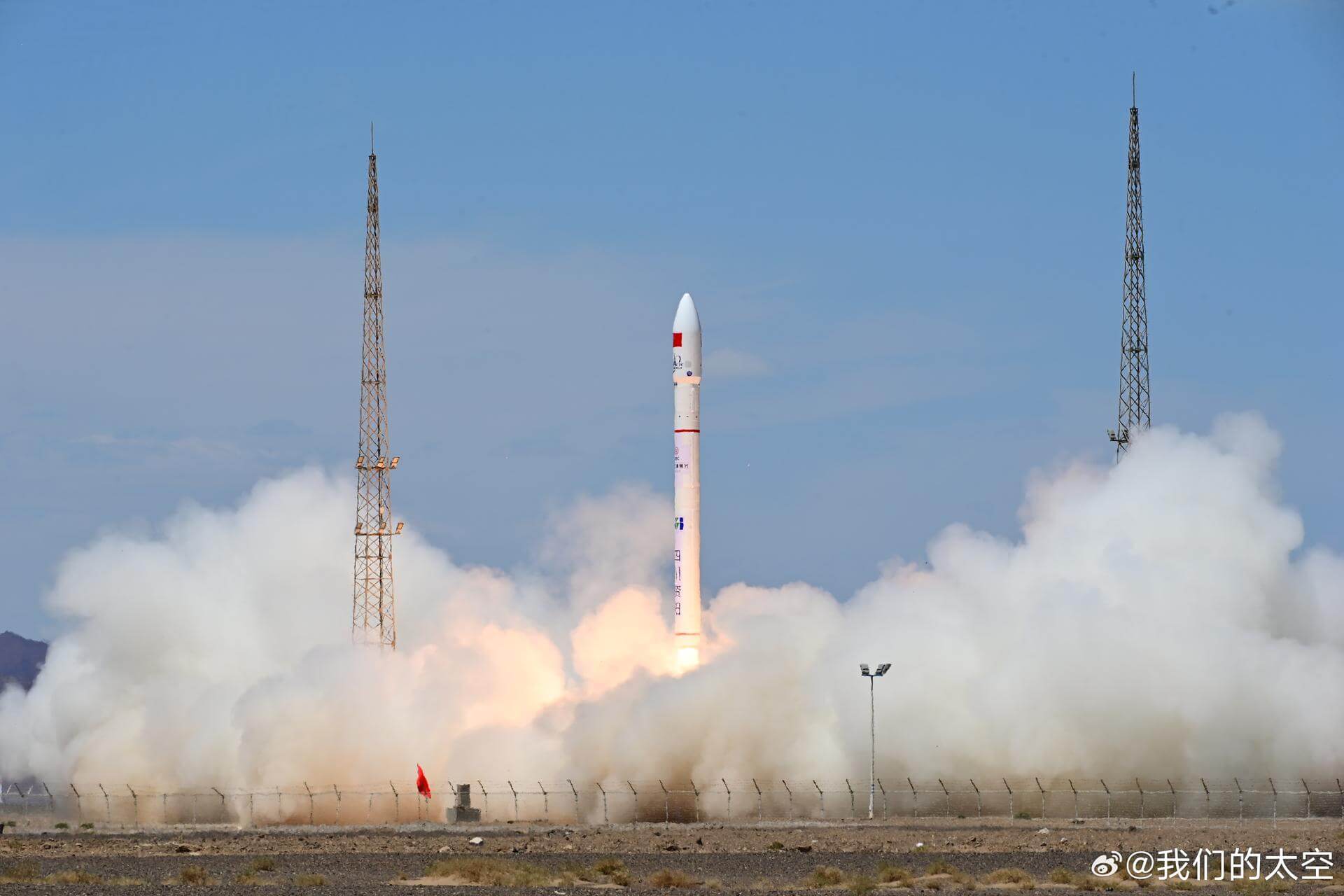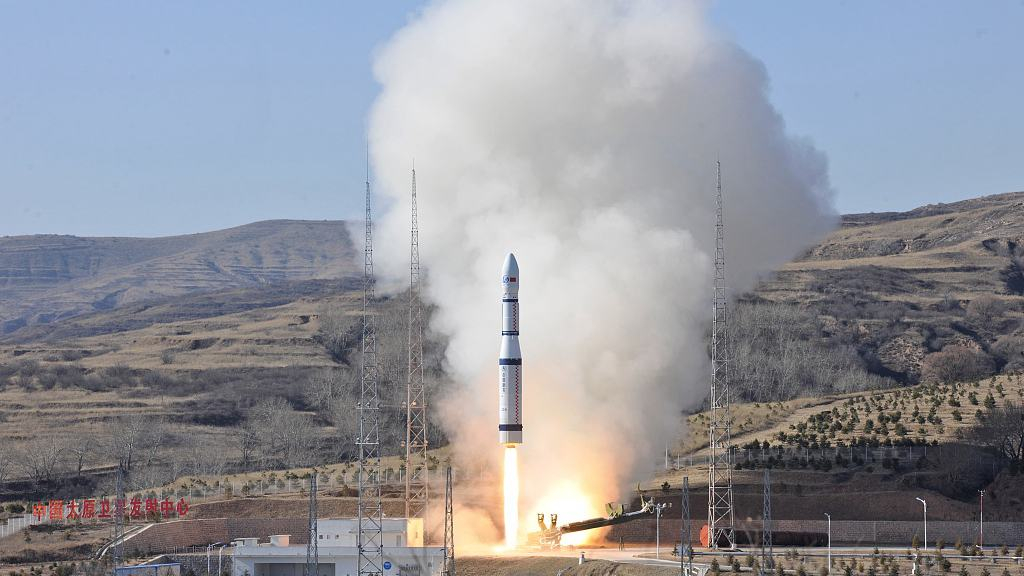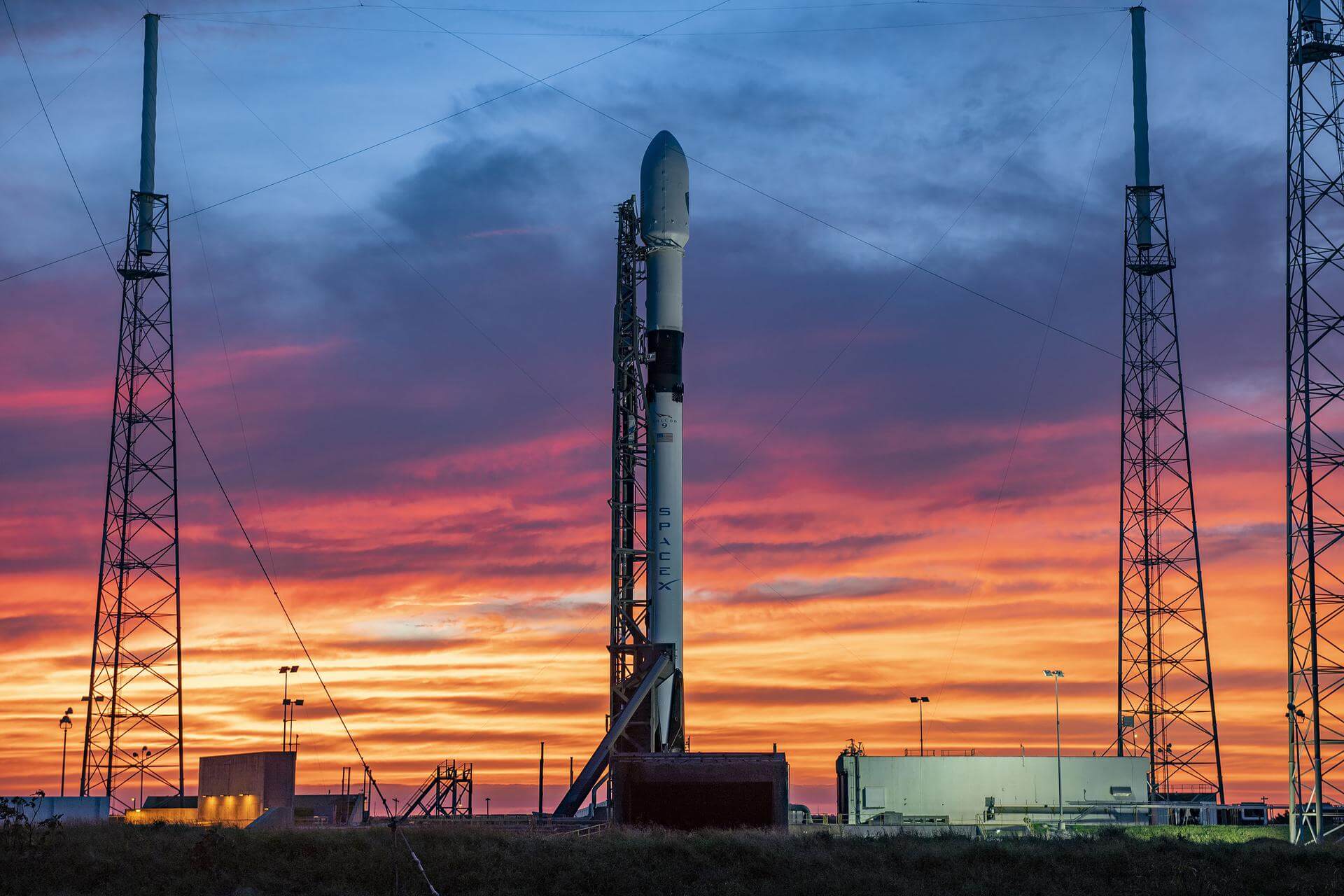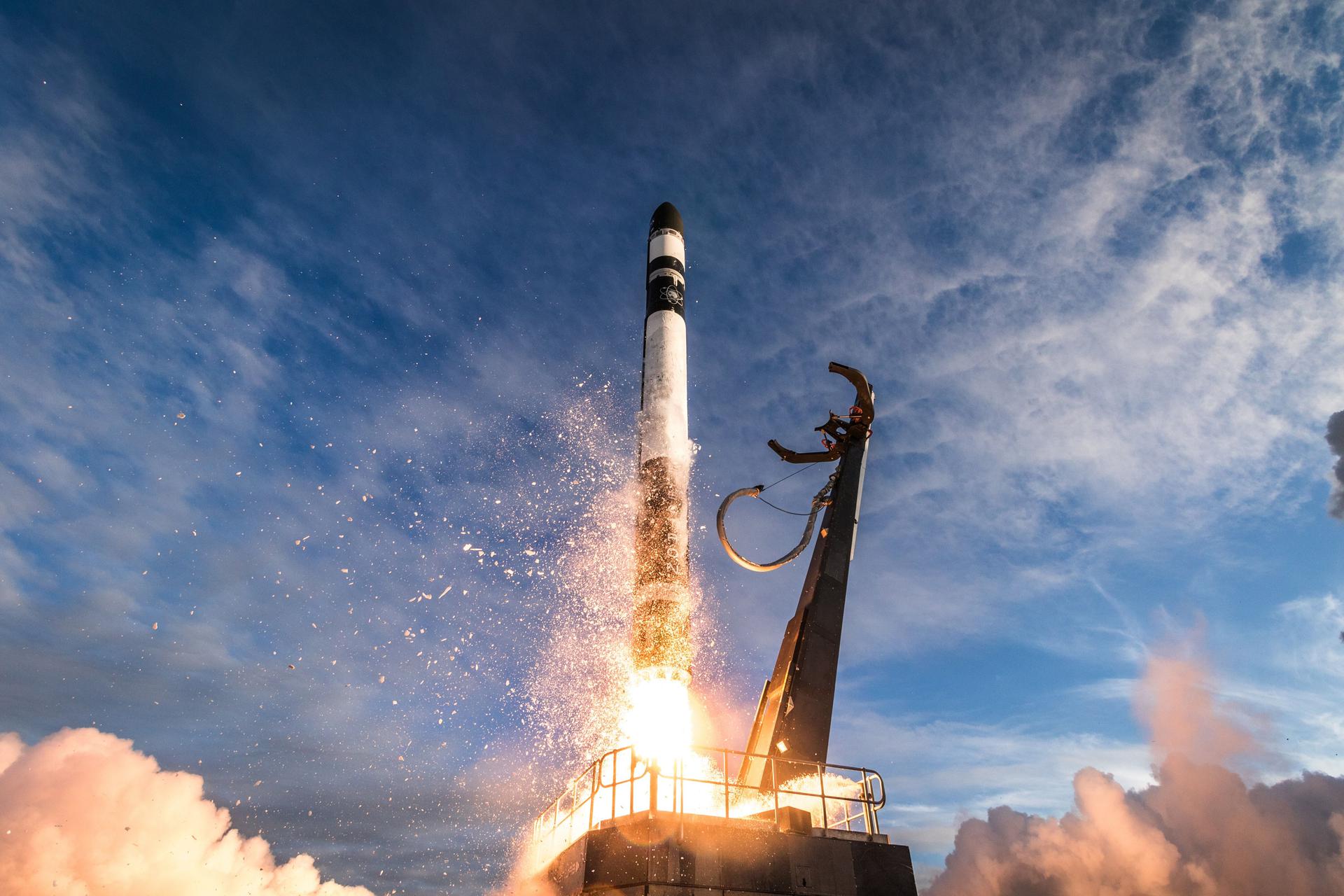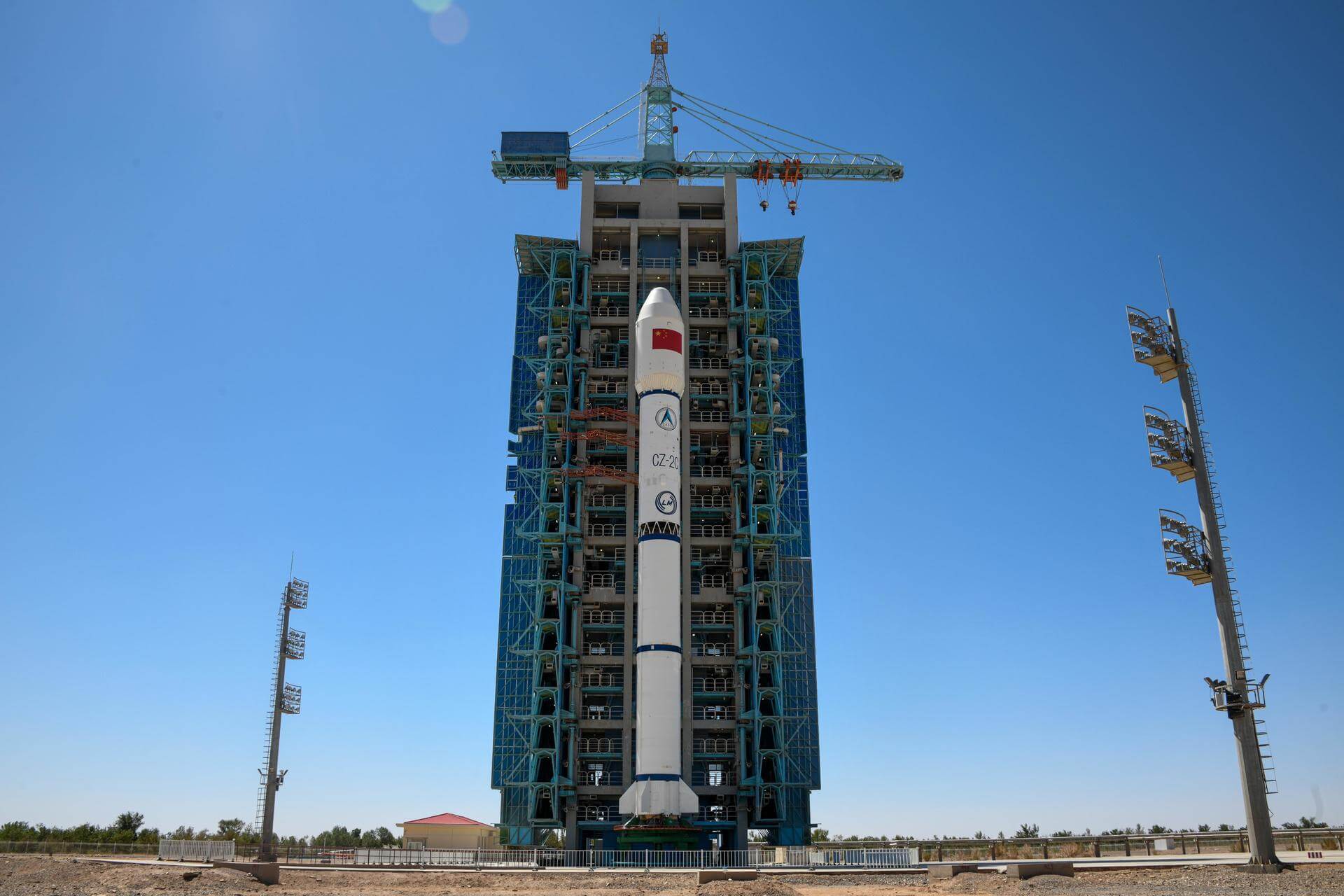Previous Spaceflight Launches
Filter by Agency, Locations or Vehicles
Show All LaunchesVega | SEOSAT-Ingenio & Taranis
Avio S.p.A | ItalyGuiana Space Centre, French Guiana
Nov. 17, 2020, 1:52 a.m.
Status: Launch Failure
Mission:
SEOSAT-Ingenio is a high-resolution optical imaging mission of Spain - the flagship mission of the Spanish space strategic plan. Its mission is devoted to ensure an even coverage of the areas of national interest, providing a large operational capability in the capture of high-resolution multi-spectral land optical images for numerous user groups, as well as supporting and optimizing the development in Spain of teledetection-based applications in Spain. The overall mission objective is to provide information for applications in cartography, land use, urban management, water management, environmental monitoring, risk management and security. TARANIS (Tool for the Analysis of RAdiation from lightNIngand Sprites), the Celtic god of thunder and lightning, is the first satellite designed to observe luminous, radiative and electromagnetic phenomena occurring at altitudes of 20 to 100 km over thunderstorms. Discovered 20 years ago, such transient luminous events (TLEs) such as red sprites, blue jets, elves, sprite halos, etc. remain shrouded in mystery. They are sometimes accompanied by terrestrial gamma-ray flashes (TGFs). The TARANIS microsatellite will fly over thousands of TLEs and TGFs for at least four years and will be capable of detecting these events and recording their luminous and radiative signatures at high resolution, as well as the electromagnetic perturbations they set off in Earth’s upper atmosphere. The payload includes numerous sensors to observe the TLEs and to perform in-situ measurements of perturbations caused on the local plasma (fields, waves and particles).
Sun-Synchronous Orbit #SEOSATIngenioFalcon 9 Block 5 | Crew-1
SpaceX | United States of AmericaKennedy Space Center, FL, USA
Nov. 16, 2020, 12:27 a.m.
Atlas V 531 | NROL-101
United Launch Alliance | United States of AmericaCape Canaveral SFS, FL, USA
Nov. 13, 2020, 10:32 p.m.
Long March 3B | Tiantong-1-02
China Aerospace Science and Technology Corporation | ChinaXichang Satellite Launch Center, People's Republic of China
Nov. 12, 2020, 3:59 p.m.
Status: Launch Successful
Mission:
Designed by the CAST Institute (China Academy of Space Technology), a subsidiary of the Chinese aerospace group CASC and specialized in spacecraft design, the Tiantong-1 02 satellite will be operated by China Satellite Communications Co. Ltd, another CASC subsidiary which owns about ten communication satellites such as the ChinaStar and APStar. Tiantong-1 02 is the second satellite of China's first mobile communication network. It uses a Chinese DFH-4 satellite platform, and, according to its manufacturer CAST, has the highest payload mass utilization rate compared to other satellites of the same family. The project was launched in 2010 following the 2008 earthquake in Sichuan, where almost all ground communication networks were paralyzed. China had no mobile communication satellites at the time, so it had to lease services from foreign countries, such as Inmarsat in Europe, for its rescue teams.
Geostationary Transfer OrbitPSLV-DL | EOS-01 (RISAT-2BR2)
Indian Space Research Organization | IndiaSatish Dhawan Space Centre, India
Nov. 7, 2020, 9:41 a.m.
Status: Launch Successful
Mission:
EOS-1 (previously known as RISAT-2BR2) is an imaging mission of ISRO using an active SAR (Synthetic Aperture Radar) imager to provide continuity of service for RISAT-2. The objective of the RISAT mission is to use the all-weather as well as the day-and-night SAR observation capability in applications such as agriculture, forestry, soil moisture, geology, sea ice, coastal monitoring, object identification, and flood monitoring, but also for military surveillance. Flight also carries 9 rideshare payloads, including Lithuanian NanoAvionics R2 satellite - pathfinder for their M6P cubesat platform, 4 KSM satellites of Kleos Space for a maritime geolocation constellation, and 4 Lemur satellites for Spire.
Low Earth OrbitCeres-1 | Tianqi-11
Galactic Energy | ChinaJiuquan Satellite Launch Center, People's Republic of China
Nov. 7, 2020, 7:12 a.m.
Status: Launch Successful
Mission:
Tianqi (also transcribed Tiange) is a series of small Chinese experimental LEO comsats by Guodian Gaoke for IoT (Internet of Things) communications, which are also carrying a camera for educational purposes. Guodian Gaoke plans to operate an IoT constellation. The "Apocalypse Constellation" provides users with much-needed data collection and transmission services for terrestrial network coverage blind areas, which are widely used in marine, environmental protection, meteorological, forestry, geological, emergency, rescue and smart city industries to enhance China's global data network coverage and application capabilities are of strategic importance.
Sun-Synchronous OrbitLong March 6 | Satellogic x 10
China Aerospace Science and Technology Corporation | ChinaTaiyuan Satellite Launch Center, People's Republic of China
Nov. 6, 2020, 3:19 a.m.
Falcon 9 Block 5 | GPS III SV04
SpaceX | United States of AmericaCape Canaveral SFS, FL, USA
Nov. 5, 2020, 11:24 p.m.
Status: Launch Successful
Mission:
GPS-IIIA (Global Positioning System) is the first evolution stage of the third generation of the GPS satellites. It consists of the first ten (known as "tranche") of GPS III satellites.
Medium Earth Orbit B1062 - Maiden Flight Of Course I Still Love YouElectron | In Focus (Rideshare)
Rocket Lab | United States of AmericaRocket Lab Launch Complex 1, Mahia Peninsula, New Zealand
Oct. 28, 2020, 9:21 p.m.
Long March 2C | Yaogan-30-07
China Aerospace Science and Technology Corporation | ChinaXichang Satellite Launch Center, People's Republic of China
Oct. 26, 2020, 3:19 p.m.
Status: Launch Successful
Mission:
The Yaogan 30-01-01 to 30-01-03 (Remote Sensing Satellite-30-01-01 to 30-01-03) satellites, were launched by CZ-2C rocket from China's Xichang space center on 29 September 2017. The purpose is not confirmed, although the news reports hint towards a SIGINT mission, especially to detect ships by their radio emissions. They are also known as CX 5 by the manufacturer. The satellites are spaced by 120° in their orbit.
Low Earth Orbit